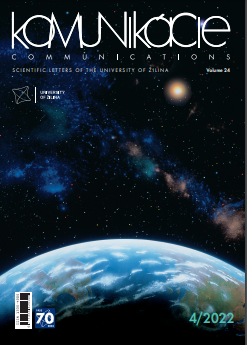Critical Gap Estimation and Its Implication on Capacity and Safety of High-Speed Un-Signalised T-Intersection under Heterogeneous Traffic Conditions
Critical Gap Estimation and Its Implication on Capacity and Safety of High-Speed Un-Signalised T-Intersection under Heterogeneous Traffic Conditions
Author(s): Khushbu Bhatt, Ninad Gore, Jiten ShahSubject(s): Methodology and research technology, Policy, planning, forecast and speculation, Transport / Logistics
Published by: Žilinská univerzita v Žilině
Keywords: critical gap; un-signalized intersections; safety; capacity; probability of risk;
Summary/Abstract: In India, priority rules at un-signalized intersections are often ignored by drivers. The present paper reports the applicability of deterministic and probabilistic methods for estimating the critical gaps at high-speed un-signalized T-intersections. The critical gap is estimated for different vehicle types and crossing movements. The study quantifies the implication of critical gap values on the capacity and safety values at un-signalized T-intersections. The results point to conclusion that the value obtained for the critical gap using deterministic methods is lower than that estimated by the probabilistic method. The gap values estimated using the Binary Logit Regression method are similar to those computed using the equation reported in Indo-HCM (2017). It was concluded that a lower value of the critical gap yields a higher capacity value and a higher value of risk probability.
Journal: Komunikácie - vedecké listy Žilinskej univerzity v Žiline
- Issue Year: 24/2022
- Issue No: 4
- Page Range: 215-228
- Page Count: 14
- Language: English

